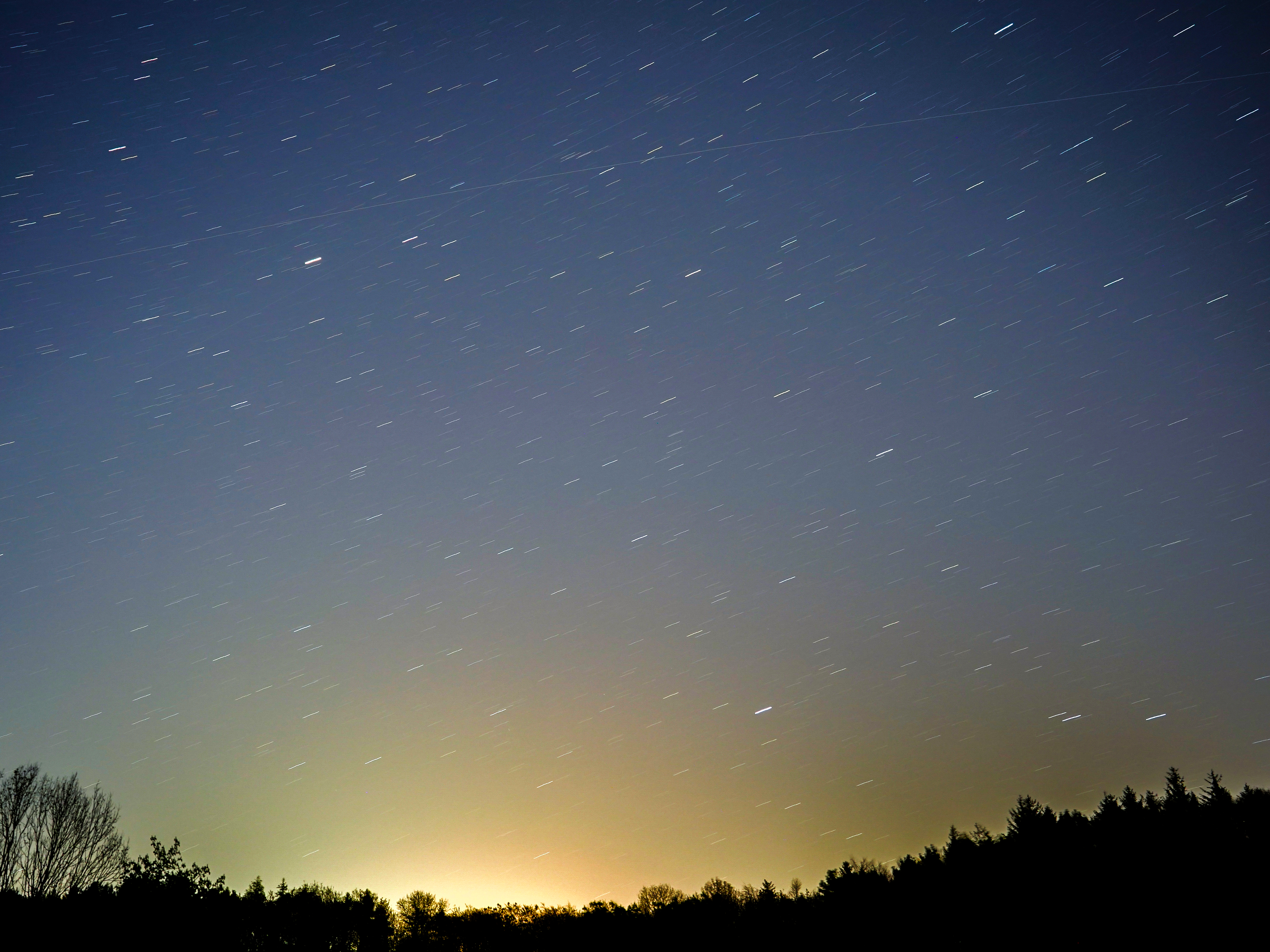- Elon Musk’s space exploration company, SpaceX, plans to launch up to 42,000 satellites into orbit to beam internet down to remote parts of the Earth.
- SpaceX has already put close to 200 Starlink satellites into orbit, and this week British stargazers were startled to see a shimmering trail as the satellites crossed clear night skies.
- Social media users from Wales to Essex, southeast England reported the trail of satellites a little after 9pm.
- The satellites should be visible in the UK and across western Europe again this week – here’s how you can spot them.
- Visit Business Insider’s homepage for more stories.
If you saw a peculiar trail of UFOs in the UK on Monday night, don’t be too alarmed – they were probably Starlink satellites.
SpaceX, the space exploration company founded by Elon Musk, plans to put thousands of satellites into space to beam internet access down to remote parts of the Earth. There are already almost 300 Starlink satellites in orbit right now, and some are visible to the naked eye, depending on where they are.
European stargazers reported spotting a trail of satellites on Monday night, with users on social media posting sightings in Wales, England, Germany, and in Kosovo.
Here’s how you can check when Starlink satellites might be visible from your location:
Starlink is a program by Elon Musk's space exploration firm SpaceX to beam internet access around the Earth using a network of satellites.
There are currently more than 300 Starlink satellites in orbit.
SpaceX first announced the programme in 2015, and the goal is to get 12,000 satellites into orbit.
A chain of satellites became visible over night skies in Europe from Sunday, with users on social media tweeting sightings from Berlin, Wales, and Kosovo.
#spaceX #starlink live from #Kosovo. pic.twitter.com/MXkVWT4iZt
— Astrit Spanca (@astritspanca776) April 19, 2020
The satellites look a little like a chain of fairy lights.
The 60 satellites visible over Europe were launched in March, but their current position makes them easier to see.
The weather, and the satellites' orbital position, can make it difficult to predict exactly when you would next see a satellite "pass."
But enthusiasts are using apps and websites to track the satellites' position — and there will be further "passes" this week which will be visible from the UK.
A Met Office spokesman said weather conditions were expected to be clear for the UK on Tuesday night, although those in big cities might have a tougher time spotting the satellites.
The Find Starlink site lets you enter your location and try and time your night gazing for the best chance of spotting the train of satellites.
Find Starlink is popular with amateur stargazers.
It also shows a live map, tracking the current position of Starlink satellites.
According to the site, people in western Europe can expect another sighting on Tuesday evening and throughout the week.
One enthusiast recommends taking 15 minutes so your eyes can adjust to the dark for the best chance of spot the satellites as well as the expected Lyrid meteor shower.
Astronomers have said, though, the visibility of Starlink satellites isn't necessarily a good thing.
Jonathan McDowell, an astronomer at the Center for Astrophysics at Harvard and Smithsonian, modelled the potential impact of hundreds of Starlink satellites on the night sky.
He predicted to BI in March that people would observe chains of satellites moving with the naked eye. "They'll be about the same as the fainter stars that you can make out. But I still think that's going to be dramatic," he said at the time. "One or two you wouldn't notice, but 200 that faint moving across the sky? You'll sort of start to notice that the sky is swimming."
And while Elon Musk claims Starlink will have "zero" impact on the field of astronomy, McDowell and other experts disagree.
